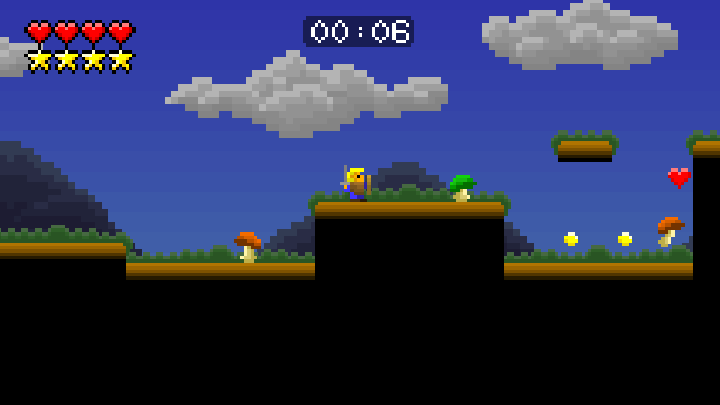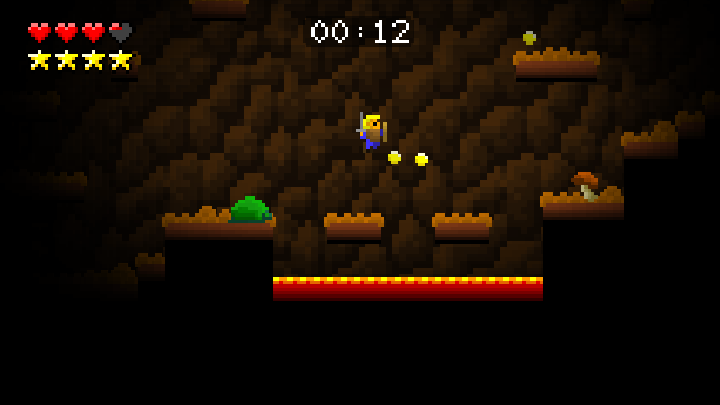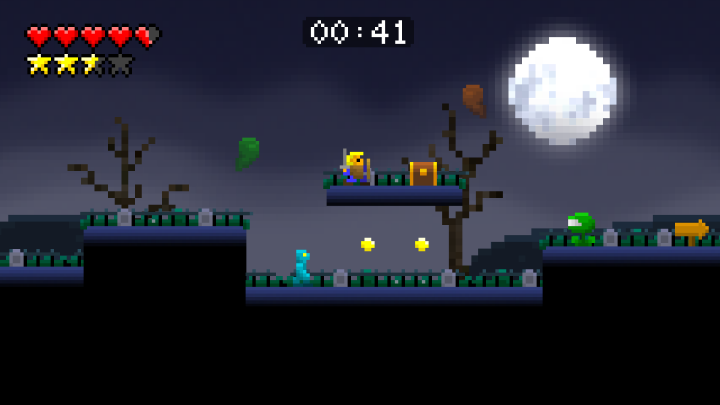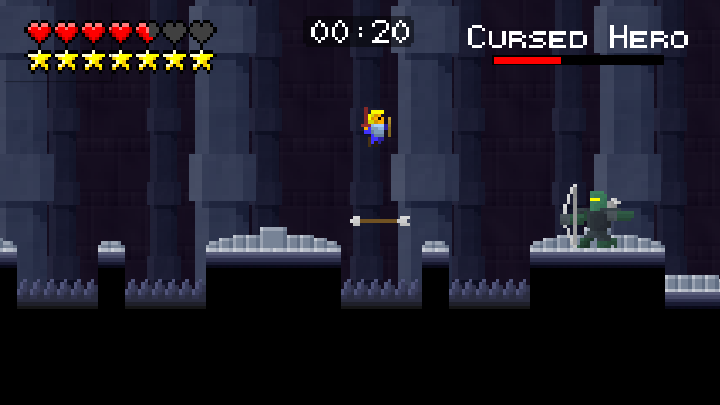Rush to Adventure, a new game created in AppGameKit, was released on Steam by Indie developer Digital Awakening.
Rush to Adventure is a retro fantasy speedrunning adventure, inspired by classic NES titles like Zelda, Mario and Castlevania. You awaken on the shore of a cursed island and your only way off the island is to fight the monsters and lift the curse.
Magnus Esko, the creator of Rush to Adventure, spoke to us about the game's development and his plans for the future.

Tell us a little about yourself, where you live, where you work, if you code on your own or in a team etc.
I live in Piteå, a town in the north of Sweden. I used to work at a call center that has been moved to Stockholm this year. Before I left I was in charge of our knowledge base and e-learning courses.
I code on my own. Everything in the game is made by me except for the music, which is done by a friend of mine.
Which Tier of AppGameKit did you use to code Rush to Adventure?
It is made in Tier 1. I love how easy and straight forward it is to code. The distance between a thought and making it work is quite short.

What's your inspiration for the game?
The biggest inspiration for Rush to Adventure is Zelda 2: The adventure of Link. But other NES games also influenced me, most notable Zelda 1 and the Super Mario Bros and Castlevania series.
It's clear you have spent a lot of time developing the game. Did you have a clear vision or did it evolve over time?
The game is perhaps 50% feature creep. When I started it was the golden age of indies on mobile. It all started as a small mobile game back in April of 2012. For example, I had no intention of having the player character on the map screen. You just swiped and tapped the screen. Which still works. I also didn't have much of a plan on how to implement things but just figured things out as I went.
If there were technical hurdles that challenged you how did you overcome them?
When I started out I could not get the physics working the way I wanted them. So I wrote my own basic physics using the built in collision system. The game has very tight controls and I am not sure physics is the best way to handle those.

Any plans to release Mac/Linux versions or on other platforms?
I want to release on Mac, Linux and Android consoles. I also plan on mobile release but I no longer consider that a priority.
Do you have any advice to other game developers?
While it's wise not to make games that are too large, under-scoping is also not advised. That should be less of a problem with today's hardware. But keep your code flexible and easy to expand in case you need/want to.
Also, use lots of small functions and source files. Large chunks of code is really hard to work with when you forget what everything does. Separate things and use very descriptive naming and you avoid future headaches.
Feel free to tell us anything else about the game and your hopes for the product.
Every time someone says that they like my game, or are willing to pay for it, brings me happiness. Going to conventions and watching people enjoy the game, even playing it multiple times, has been great. One of the goals with finishing the game has always been something to showcase my skills with. But I do hope that it at least sells enough to cover the time invested. Even better if it sells enough to finance my next project.

